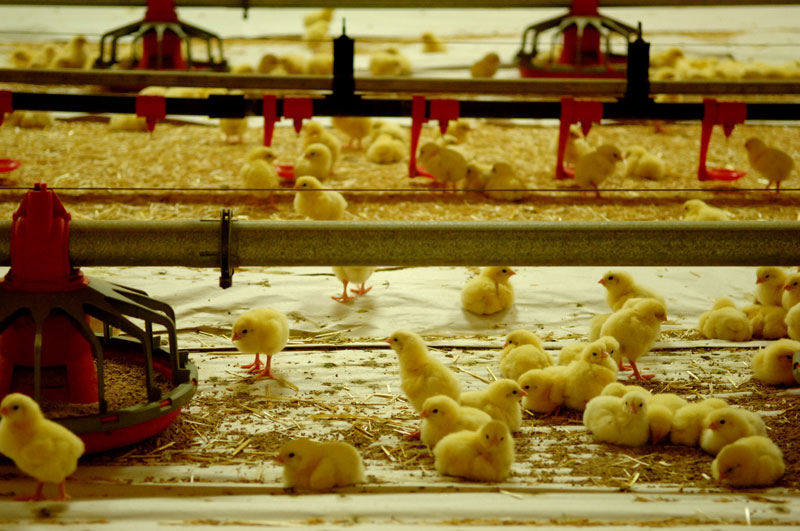A net energy system that could lead to a smaller environmental footprint and commercial advantage for Australia’s chicken meat producers is the focus of a nationwide collaboration funded by the Armidale-based Poultry Cooperative Research Centre (Poultry CRC).
The net energy system essentially advocates a new way of approaching poultry diets and feed formulation, allowing nutritionists to account for losses of chemical energy in the solid, liquid and gaseous excreta, or as heat. A net energy database will help nutritionists formulate diets for animals, overcoming the inherent limitations of the current reliance on digestible energy, or apparent metabolisable energy (AME) value.
“In practical feed formulation for poultry, AME values obtained for individual ingredients are assumed to be additive, but in reality they are not,” explained Poultry CRC CEO and nutritionist Professor Mingan Choct. “This is because anti-nutrients from one ingredient will affect the available energy of another in the complex ecosystem of the gut. The net energy system overcomes this problem as it gives the actual amount of dietary energy that ultimately remains available to the animal for maintenance, growth and reproduction. A system for pigs has already been used quite successfully.”
Professor Choct believes rapid climate change coupled with increased population growth in recent years has made the economic, social and environmental benefits of a net energy system more apparent.
“A saving of 10 grams of feed per kilo of live growth in chickens through advanced technologies such as the net energy system means over $7 million to Australia’s economy,” he said.
Net energy systems for feed formulation have been talked about for the past forty years. Value differs widely between feed ingredients for poultry, such as maize and barley, even though nutritionists are formulating the diet to an identical AME value. More importantly, there is a significant difference in the nutritive value between varieties of the same ingredient, such as wheat, which is difficult to consider when formulating poultry diets without a rapid feed test system.
“The challenge has been the availability of reliable, affordable, large-scale calorimetric facilities to measure net energy accurately,” said Professor Choct. “Through the Poultry CRC, an Australia-wide collaborative effort is underway to set up a state-of-the-art net energy testing facility. This, together with an integrated R&D program, will establish a net energy database during the next three years.”
The economic, social and environmental benefits of a net energy system are manifold, including improved feed conversion rate (FCR) thanks to a more predictable ratio between dietary energy and key nutrients.
“Poultry’s contribution to food security is indispensible, and any increase in feed efficiency means reduced use of resources per kilo of poultry product, which translates into less use of water and lower output of green house gasses.” said Professor Choct.


